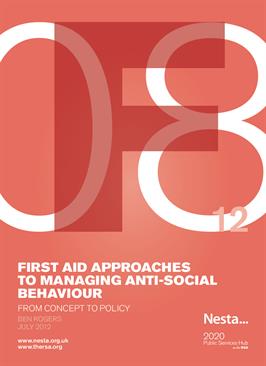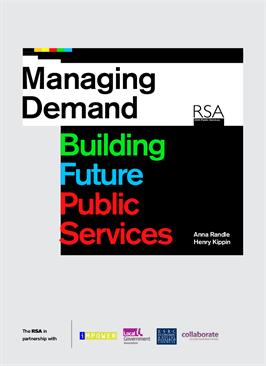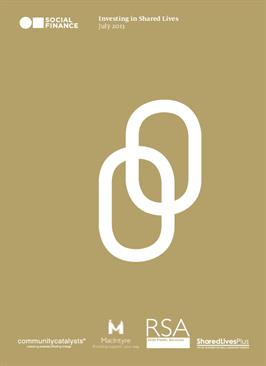It was only with a massively expanded police presence on the fourth night of the riots, that the police finally got a grip on the turmoil.
But by the fourth night it was not only the police who were beginning to make their presence felt on the streets. So were civilians. Many of these came together in groups. In Enfield, north London, and Eltham in South London groups of residents patrolled the town centers. Shopkeepers in Hackney closed their shops for the night, and took up position in Kingsland High Street. Residents and shopkeepers chased off would-be looters in East Ham and Bethnal Green. Several hundred Sikh men gathered to defend their temple in Southall. There were also examples of individual residents and shopkeepers standing up to and confronting the rioters alone.
This paper sets out to explore what we know about this emerging area of community safety policy and practice.
In particular it:
-
Sets-out the current policy context
-
Identifies organisations that provide first aid style training in managing anti-social behaviour
-
Sets-out what we know about the benefits that training in managing anti-social behaviour brings
-
Sets-out various approaches to training that have been tried and their costs and benefits
-
Looks at the potential of non-face-to-face ways of delivering training, including the role of print, audio-visual and interactive training materials.
The paper is directed at two broad audiences. It is intended to:
-
Provide central government, local government, police and other community safety services with an overview that will allow them to make a considered judgement on the potential of this emerging area of community safety policy and practice, and decide if and how they can best support and promote it.
-
Help organisations that offer training in managing conflict improve the quality of their ‘offer’ and the effectiveness of their work more generally.
This paper is based on:
-
Interviews with a range of experts including civil servants in the Home Office and Department for Communities and Local Government, Senior Police Officers, and criminologists.
-
Interviews with people who provide training in managing anti-social behaviour or have worked with providers.
-
A series of ‘conversations’ with members of the public including radio-phone-ins, response to blogs, a workshop in Peterborough with local residents, volunteers and community workers.
-
Observation of one training session.
-
Review of ‘feedback’ questionnaires from participants who have taken part in first aid for community safety training sessions.
The report was jointly supported by the RSA and Nesta
pdf 919.5 KB
Contributors

Related reports
-
Creative Gatherings Guide
Download our resource which outlines the key elements of Creative Gatherings and offers guidance on how to put one together; especially relevant to anyone with a professional or voluntary interest in civic action.
-
Managing Demand: Building Future Public Services
Rising demand, changing demographics and stretched finances mean that local authorities face a stark choice: change their ways or face the possibility of increasing irrelevance.
-
Investing in Shared Lives
Shared Lives is a little known, but important, alternative to home care and care homes for people in need of support.



